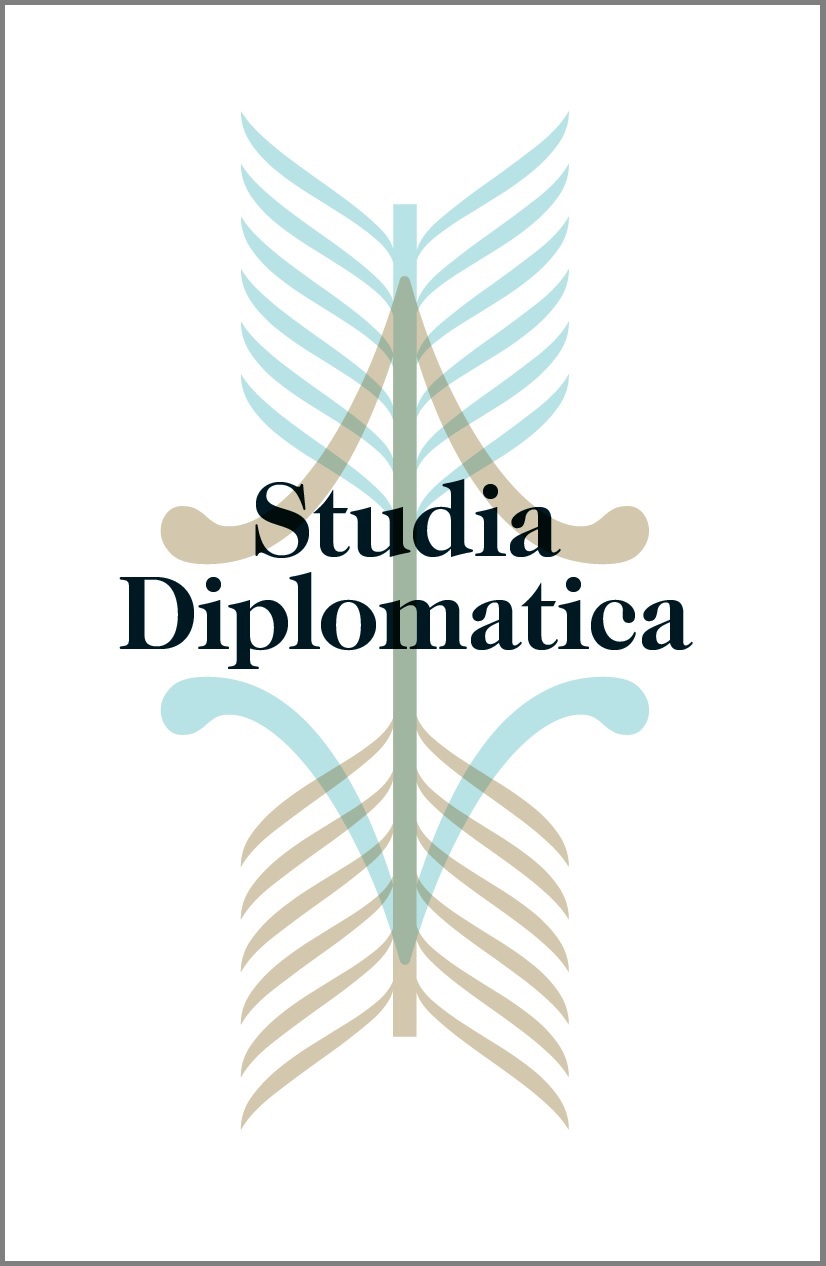
A beginner’s guide to differentiated integration in the EU

Over the years, differentiation in the level of integration in the European Union has become a widely debated issue. While differentiated integration starts off as a simple concept, its many potential shapes and management choices quickly render it a complex endeavour. Behind the frequently used concepts of multi-speed Europe, variable geometry and Europe à la carte, a variety of design choices are indeed hidden. By discussing the basic design options, this article tries to provide a guide to overcoming the “semantic indigestion” that Alexander Stubb identified nearly 20 years ago.
in Studia Diplomatica, Vol. LXVI, Issue 3 (2013): Variable geometry union: how differentiated integration is shaping the EU.
(Photo credit: Egmont Institute)